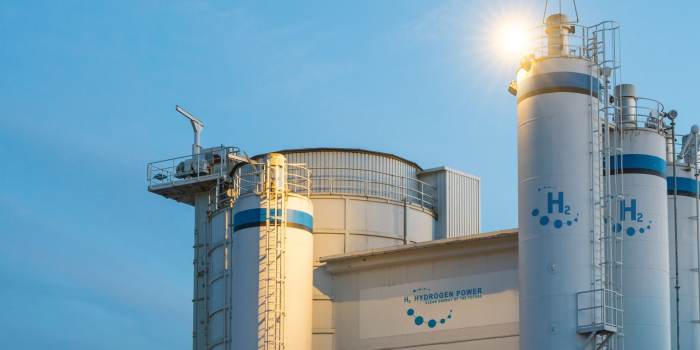In a quest to evaluate methane levels within abandoned coal mines in northeastern France, researchers from the University of Lorraine stumbled upon a surprising and potentially game-changing discovery. Buried beneath the earth’s surface lies what could be the world’s largest reservoir of white hydrogen, a naturally occurring form of hydrogen that offers unparalleled environmental benefits.
Hydrogen has emerged as a promising contender in the pursuit of sustainable energy sources. However, the source of hydrogen production matters significantly, with varying environmental implications. Hydrogen derived from coal or natural gas is often referred to as black or grey hydrogen, and its production generates greenhouse gases. In contrast, green hydrogen, produced using renewable energy to split water molecules, is a cleaner option. Enter white hydrogen—an even greener alternative that occurs naturally.
Up until now, Bourakébougou in Western Mali was the sole known source of white hydrogen, but its production capacity has been limited to a modest five tonnes per year. The recent discovery of an extensive white hydrogen deposit is a potential game-changer for industrialized nations seeking eco-friendly energy solutions.

Interestingly, these white hydrogen findings have often emerged during fossil fuel exploration endeavors, and the situation in the Lorraine mining basin was no exception. The research team’s primary objective was to investigate methane levels within rock formations dating back to the Carboniferous period. To achieve this, they utilized a SysMoG probe to detect gases dissolved in water within rock formations that reached depths of nearly 4,000 feet (1,200 meters).
What they uncovered was truly remarkable. While the researchers were on the hunt for methane deposits, they encountered an increasing concentration of hydrogen. At a depth of 4,100 feet (1,250 meters), hydrogen levels peaked at 20 percent. Extrapolating from their data, the scientists estimate that hydrogen concentrations could soar to over 90 percent at depths exceeding 9,800 feet (3,000 meters).
This revelation suggests that the long-forgotten coal mine may house a staggering 46 million tonnes of white hydrogen. This makes it the largest known deposit of its kind and has the potential to replace more than half of the world’s current grey hydrogen production.

To validate their calculations and ensure the even distribution of hydrogen in the area, the researchers plan to deploy the SySMoG probe in additional boreholes at the site. Moreover, they aspire to reach the profound depths of 9,800 feet (3,000 meters) to confirm the presence of hydrogen in such substantial concentrations. Collaborating with commercial and institutional partners, the research team anticipates launching further exploration activities early in the coming year.
Beyond the confines of France, the authors of the study posit that white hydrogen deposits may not be confined solely to this region. They suggest the possibility of similar discoveries in other parts of Europe, Australia, and the United States.
This accidental discovery serves as a beacon of hope in the ongoing global quest for cleaner, more sustainable energy sources—a quest that holds the potential to shape our future for the better.


